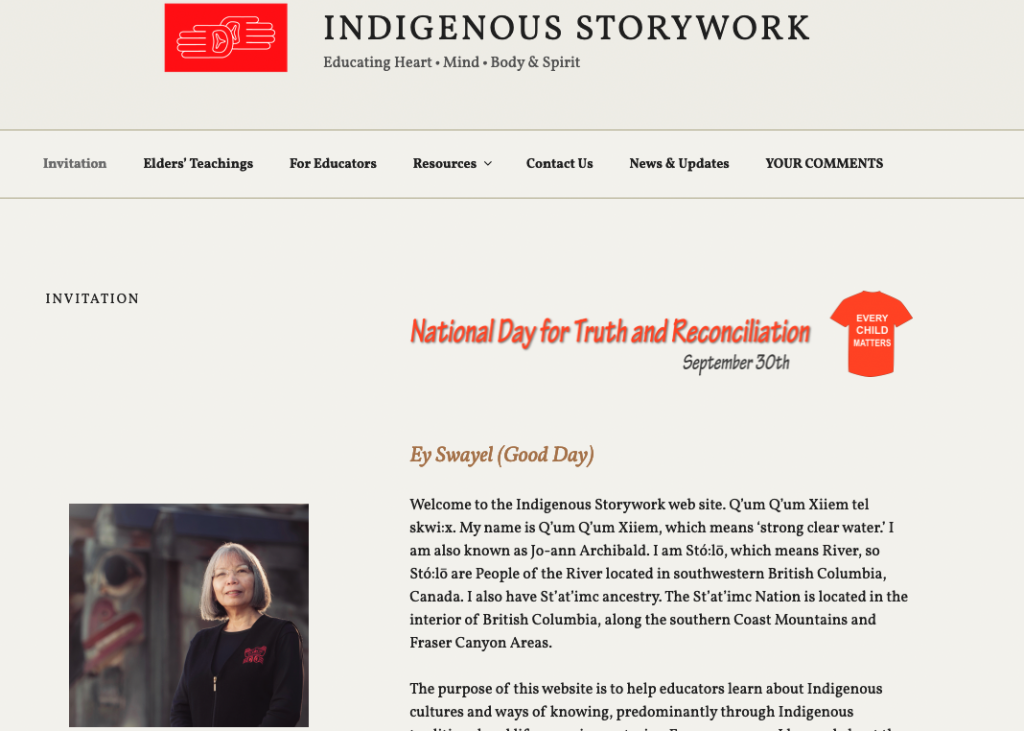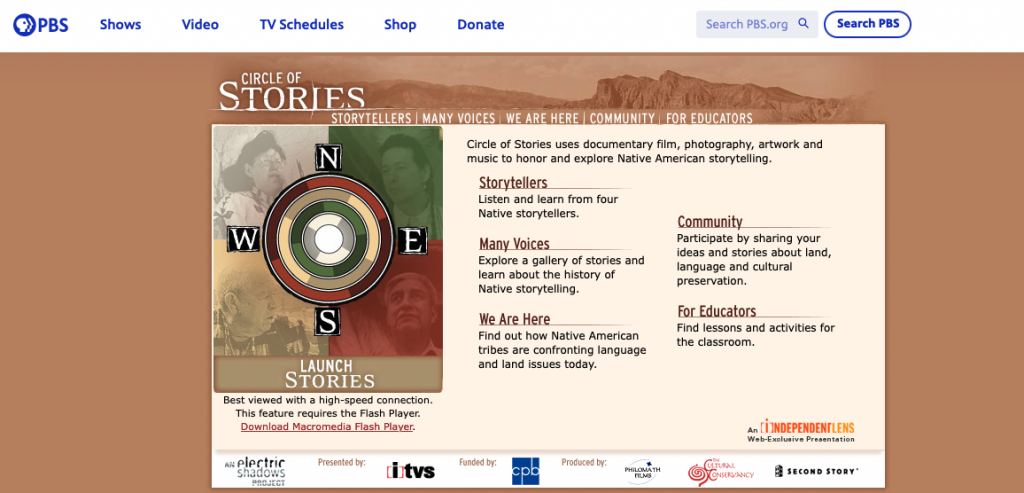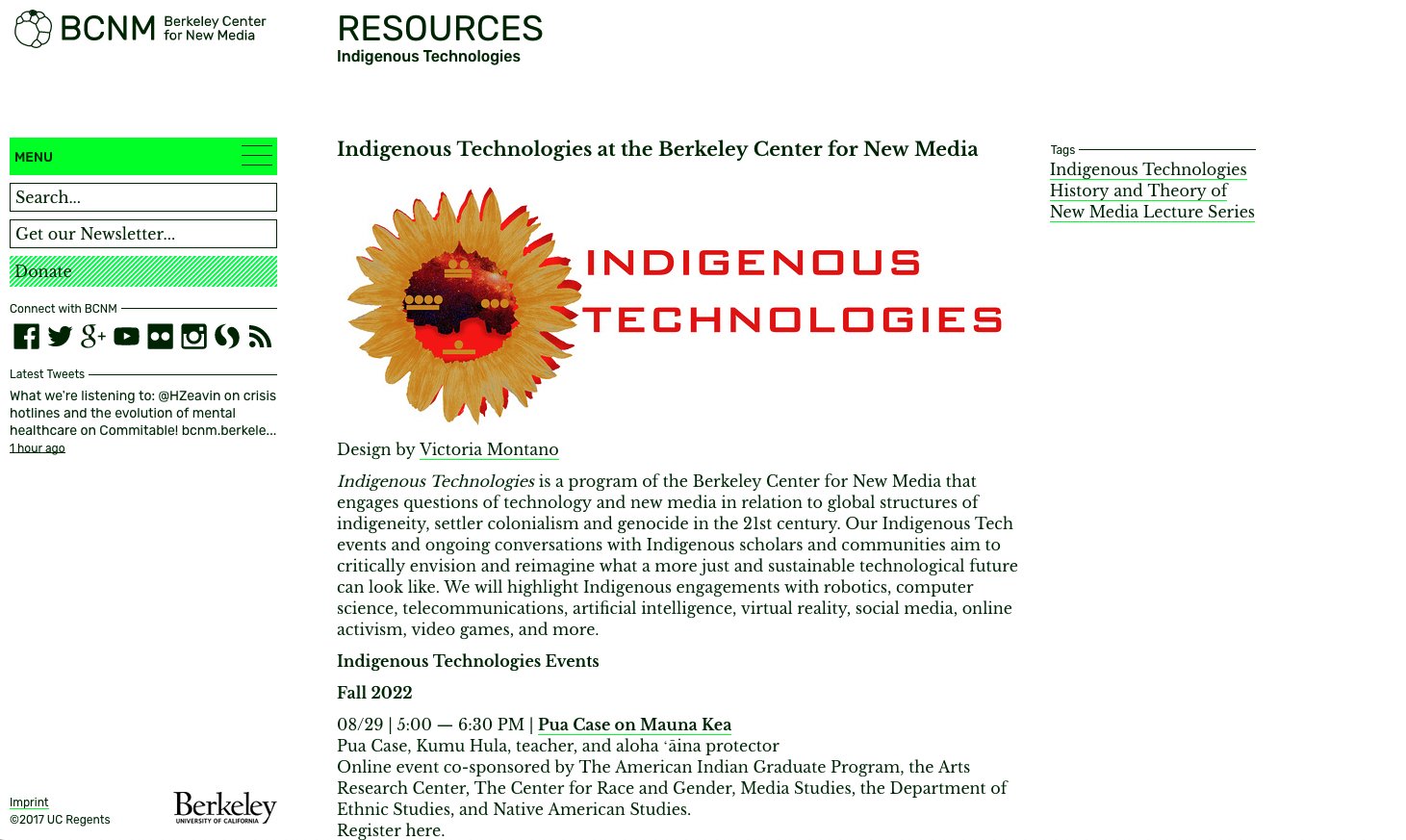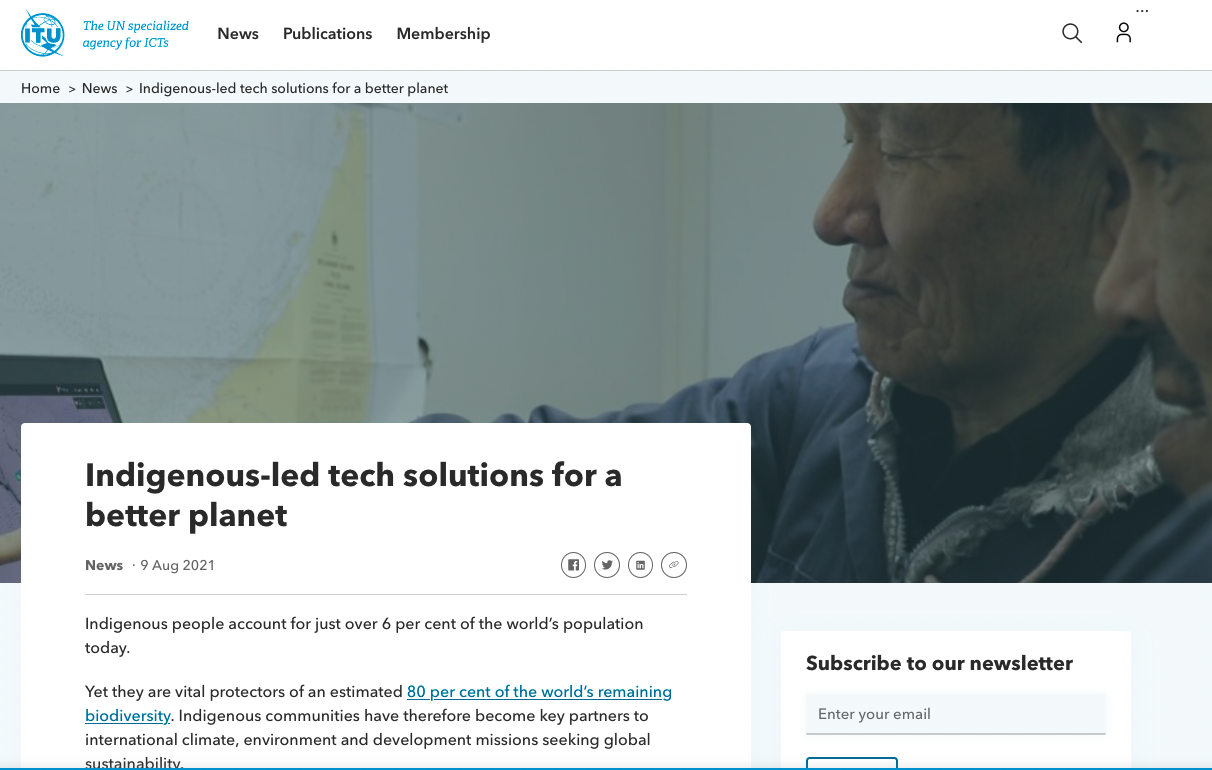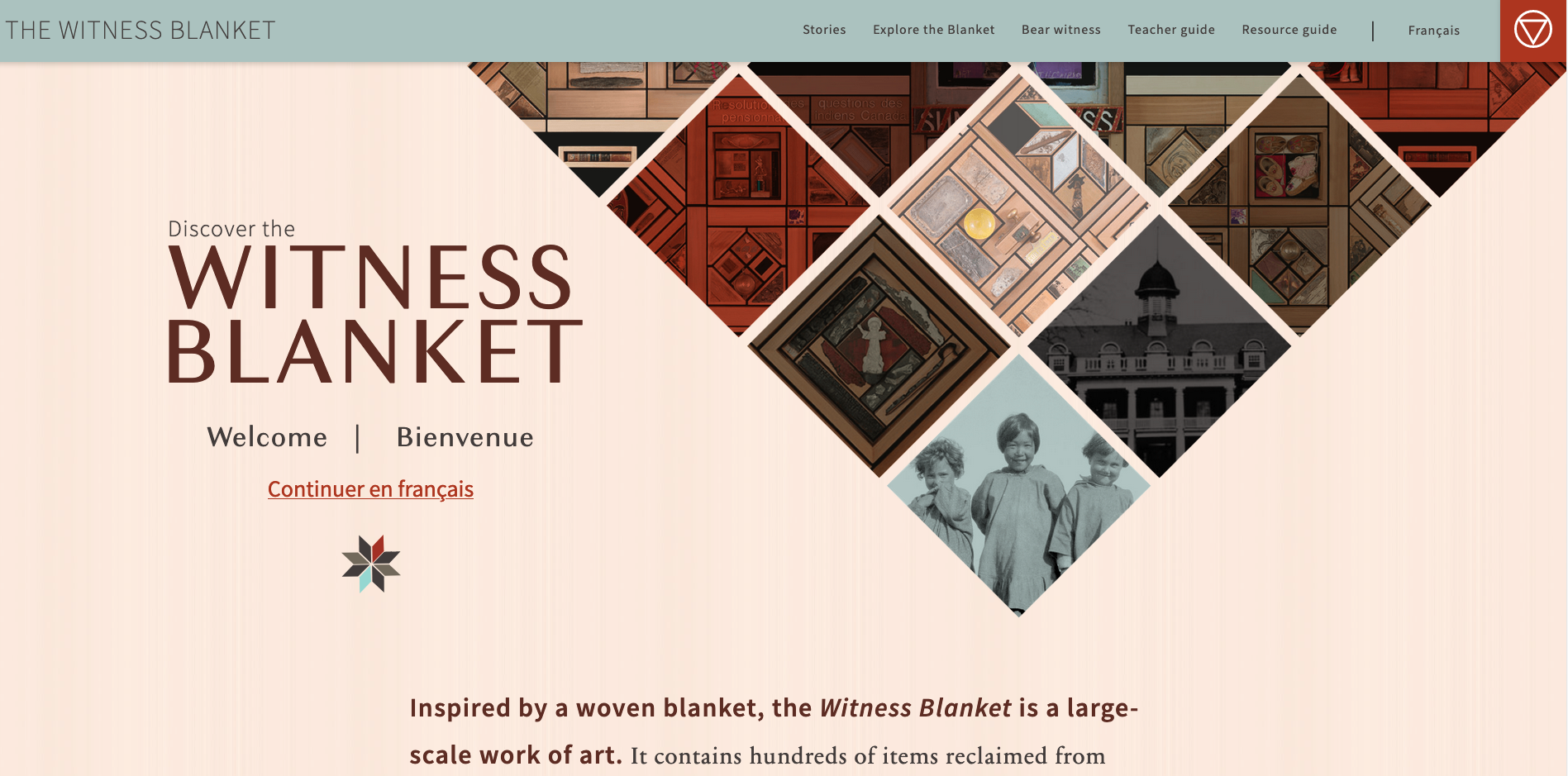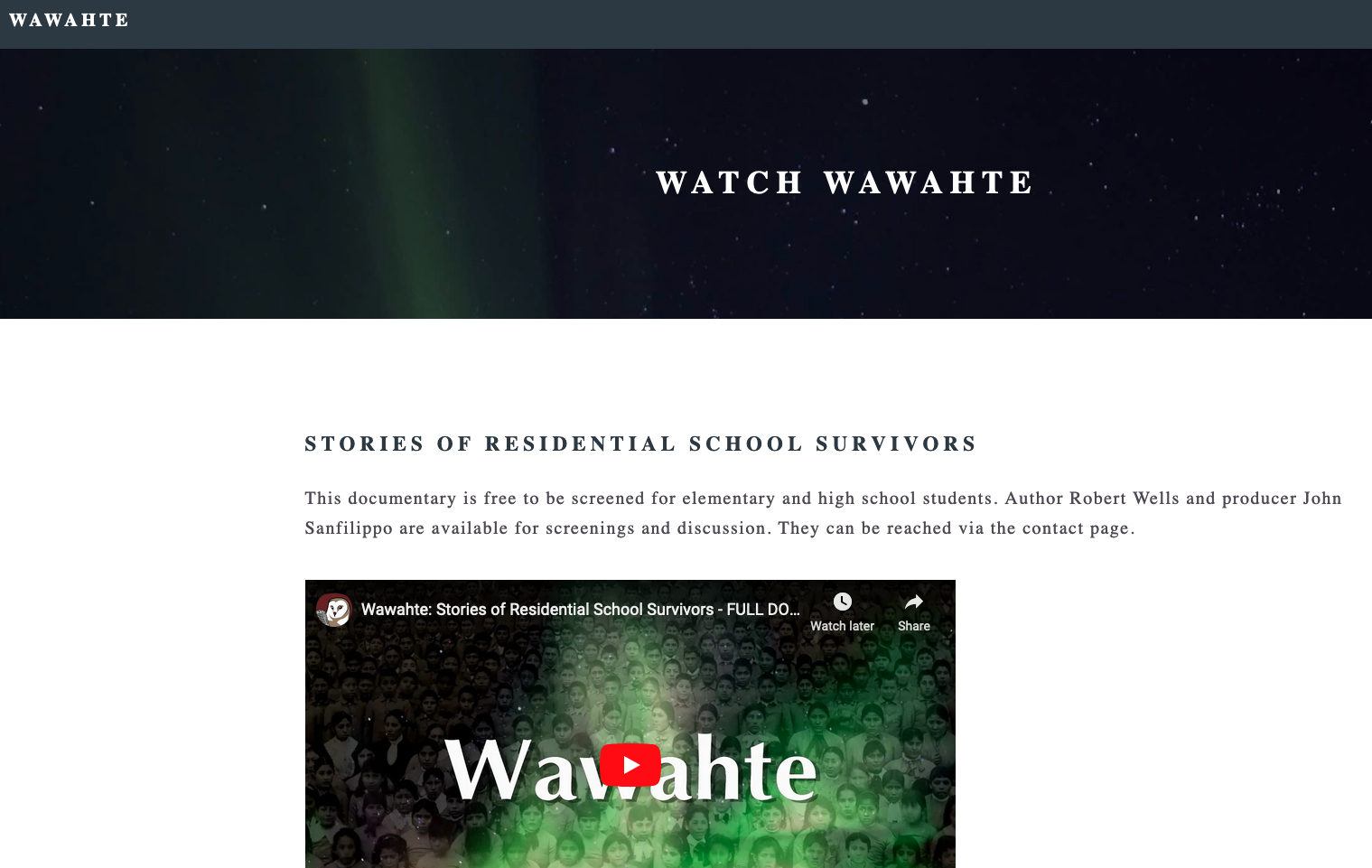Continuing this journey searching for different approaches of sharing Indigenous knowledge through storytelling, I found the follow resources that are examples of methods that video can be used to share Indigenous knowledge (this provides some best practices that I am developing for my final project):
- Promotion video highlighting an Indigenous storytelling workshop
- SD36 elementary school resources including videos
- Importance of storytelling
- Indigenous Storywork
- PBS Circle of Stories
1. Promotion video highlighting an Indigenous storytelling workshop
It appears that the workshop is no longer being offered, but this promotional video highlights a workshop that the Young People’s Theatre facilitated that emphasized the importance of Indigenous knowledge to youth.
2. SD36 elementary school resources including videos
Indigenous resources for teacher from SD36 through their Indigenous Learning Teacher Website. The site includes links, some lesson plans, and resources. Lots of interesting videos featuring storytelling.
https://aboriginalresourcesforteachers.weebly.com/videos-from-our-dcf.html
3. Importance of storytelling
Some curriculum and videos highlighting the importance of storytelling within Indigenous culture produced by the Edmonton Regional Learning Consortium.
https://empoweringthespirit.ca/sharing-through-story/
I particularly enjoyed learning from this video:
4. Indigenous Storywork
Fabulous resources highlights the work of UBC Professor Emeritus Q’um Q’um Xiiem where she and her collaborators discuss the importance of traditional and life experiences stories for disseminating Indigenous cultures and ways of knowing.
https://indigenousstorywork.com/
5. PBS Circle of Stories
As we know, before settlers arrived, many Indigenous peoples lived and moved across lands we know delineate by borders. That’s why PBS’ Circle of Stories has some great resources and teaching tools for educators that may be relevant to Canadian educators as well.

